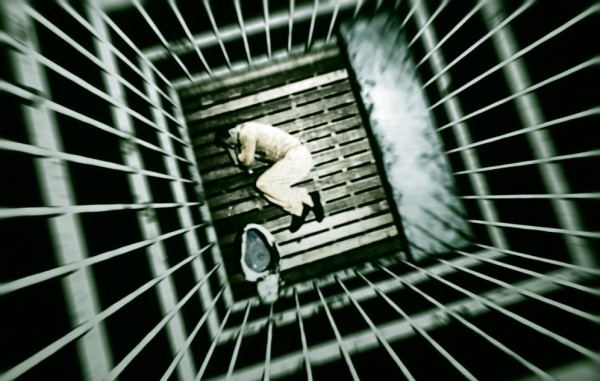FRESH AIR
Last summer, four alleged leaders of rival prison gangs worked together to coordinate a hunger strike at California’s Pelican Bay State Prison. They were protesting long-term, indefinite incarceration in solitary confinement. Each of the men were in solitary when they launched the strike. One of them, Todd Ashker, has been in solitary for more than 20 years. On the first day of the strike, 30,000 prisoners across the state’s prison system refused their meals. The story of how the four prisoners coordinated the hunger strike, and the larger issue of how solitary confinement has become a more long-term and widely used punishment in the past three decades, are the subjects of an article in New York Magazine called “The Plot From Solitary,” by Benjamin Wallace-Wells. Pelican Bay is a maximum-security prison that opened in 1989. There are over 1,000 isolation cells in its Secure Housing Unit, which is known by the acronym SHU. Wallace-Wells tells Fresh Air’s Terry Gross how the strike leaders managed to organize such a widespread movement from inside solitary confinement. Gross also talks to Craig Haney, a professor of psychology at the University of California, Santa Cruz, about the psychological impact of solitary confinement, which he has been studying for more than 30 years. MORE

